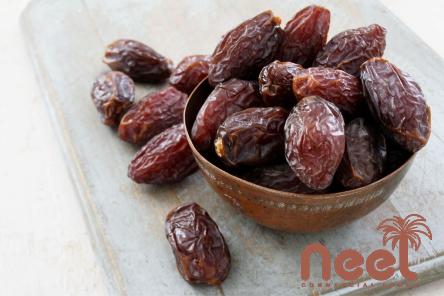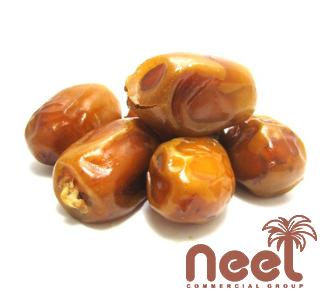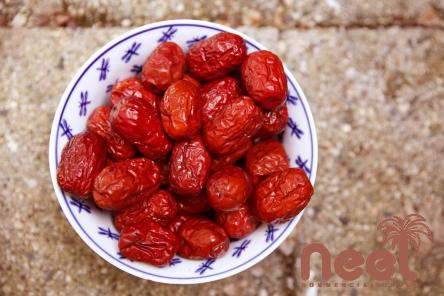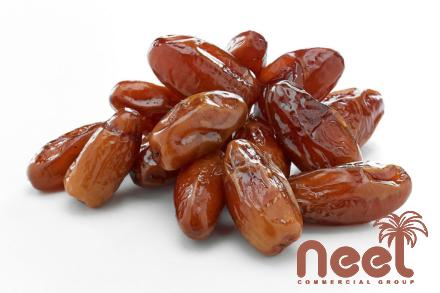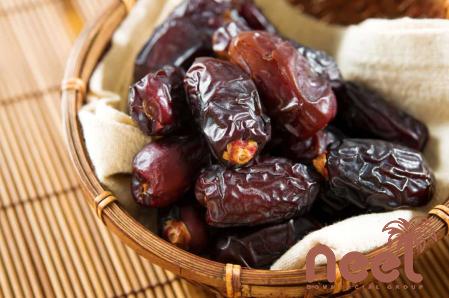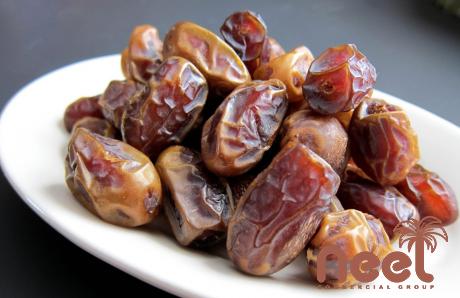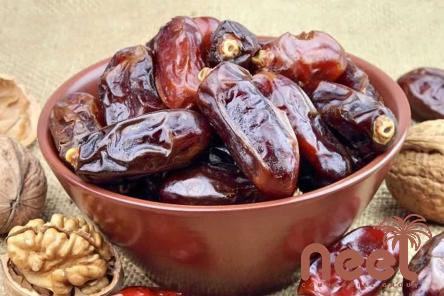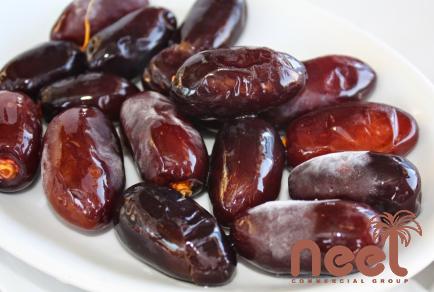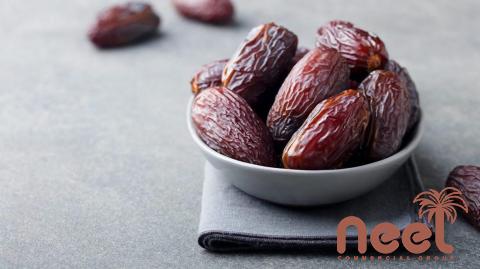Purchase And Day Price of dried dates nutrition
It is anticipated that there will be a consistent expansion in the importing and exporting size market for dates and dried date throughout the course of the long term
Alterations in the consumption habits of customers are probably going to be the driving force behind this expansion
This includes the increased interest in eating nutritious snacks and finding alternatives to sweets
Consumption by a big number of newly arrived immigrants is another factor that may be considered a driving force
Dates are a staple in the diet of many of them
The prospects that are available to suppliers from developing countries are greatest in the European countries of France, Germany, the United Kingdom, Spain, Italy, and the Netherlands
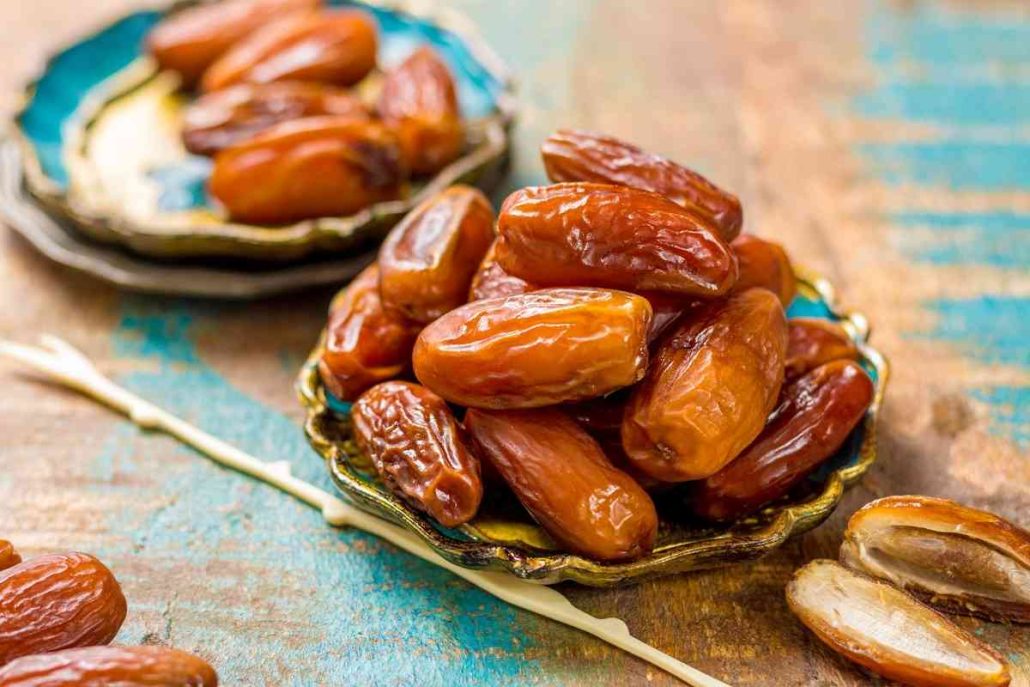
The area known as the Middle East and North Africa (MENA) is the most important producer and supplier of dates in the world
Several nations in the Middle East have extended restrictions on migration, which is likely to place a burden on supply chains as the number of cases continues to climb in the midst of the worldwide coronavirus revival
and its newest variants
For example, in February 2021, the Kingdom of Saudi Arabia announced that the limitations that were implemented earlier this month to combat the epidemic will be extended by an additional 20 days
It is anticipated that the COVID-19 pandemic will have a significant impact on the date market in 2021
This is due to the fact that the fourth wave of the pandemic has worsened the supply-demand mismatch
Dates market
For thousands of years, people have been harvesting dates for their delicious fruit, and dates continue to be a staple meal in many regions and markets throughout the Mediterranean and the rest of the world
On the global market for dried fruits, the dried fruit product that commands the highest price dates
Date production surpassed one million metric tons in 2021/2022, placing it in second place behind only the production of raisins in terms of the total amount

The largest quantities of date fruits are typically harvested in Iran, Algeria, and Iraq
These dried fruits are used in place of honey, as a ceremonial delicacy, and in both sweet and savory meals
They are also used as a honey alternative
The consumption of dates on a global scale has been relatively stable over the past several years at around 0
1 kilograms per person
The consumption of table dates in the United States had a growth of more than 30 percent between the years 2019 and 2020
The dried fruit business in the United States, which includes the consumption of dates, is the most lucrative part of the fruit and vegetable industry
Since the 2018-2019 fiscal year, the typical annual consumption of dried fruit in the United States, excluding raisins, was close to one pound per person
The red weevil, which is considered to be the most dangerous and destructive palm pest in the world, poses a significant risk to the date palm, as stated by the Food and Agriculture Organization (FAO)
According to the United Nations organization, weevils are responsible for “economic losses in the million-dollar range, whether via loss of output or expenses for pest treatment
” This is a substantial economic concern in the Gulf countries and the Middle East
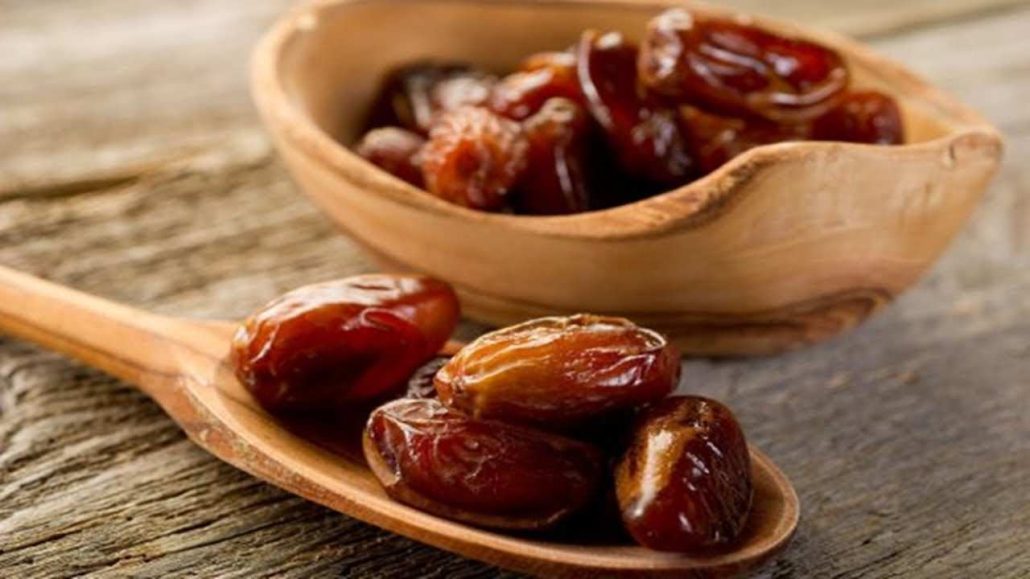
Dates importing countries
The greatest quantity of dates is brought into the country by India, who pays roughly 225 million dollars and import 362 million metric tons
Tunisia is the world’s biggest exporter of dates, and in the year 2020, the country sent more than $300 million USD worth of dates
However, the United Arab Emirates was responsible for 17 percent of the world’s total date exports despite having the world’s largest date export volume that year
Because of their generally warm temperatures, these nations are perfect for the cultivation of dates
India ($218M), Morocco ($151M), France ($120M), the United Arab Emirates ($110M), and Germany ($101M) were the top five countries that imported dates in 2020, regardless of whether they were fresh or dried
Dates are imported to the following countries: There are a lot of places in the globe who are unable to grow dates, so they have to import this healthy fruit from somewhere else
Customers come from all over the world due to the fact that Iran is one of the primary countries that exports dates
According to the most recent data, the top five countries that import the most dates are as follows: India, France, the United States of America, Germany, and the United Kingdom
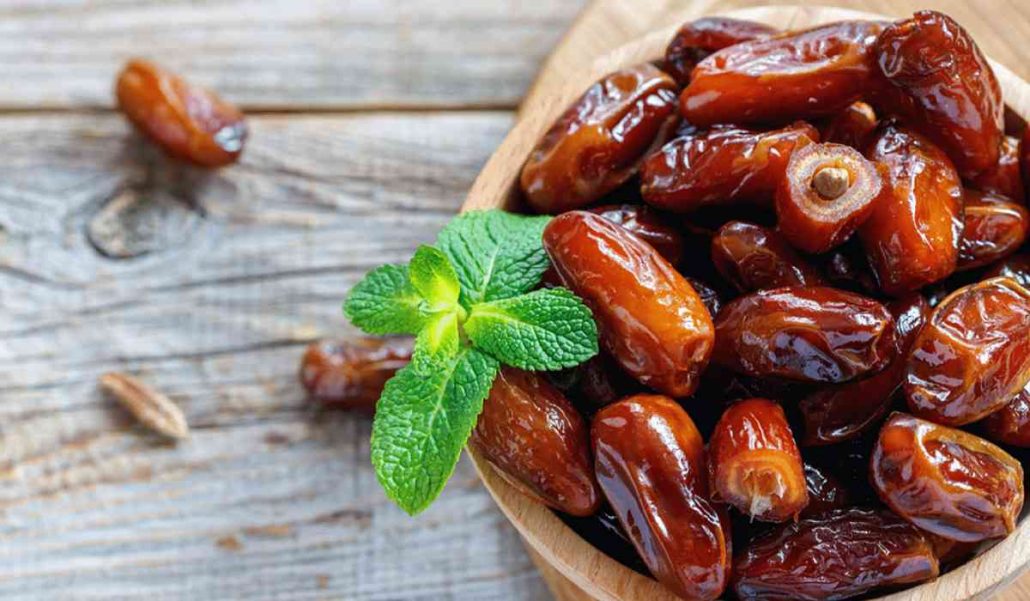
Dates exporting countries
ITC’s Export Potential Map identifies the United Arab Emirates and Morocco as the two countries in the MENA area that have the most potential to become markets for date exports
It is estimated that the overall unrealized potential for imports is worth more than $235 million
This creates chances for nations that produce dates, such as Egypt, Saudi Arabia, and Tunisia, who may profit from zero tariffs as a result of the deal that established the Greater Arab Free Trade Area
However, the Food and Agriculture Organization reports that Egypt is the greatest producer of dates in the world, accounting for around 17 percent of total output worldwide
Egypt’s share in global date exports is less than three percent, despite the country’s substantial output of dates
Iran is the second-biggest producer of dates, accounting for 15 percent of total output, while Saudi Arabia is rated third, contributing 14 percent of total production
The production of dates throughout the world is growing at a consistent rate and reached 1 million tonnes in the year 2020
Dates are produced in large

quantities in Saudi Arabia, which accounts for 21 percent of the world’s total date production
After that comes Iran with sixteen percent, the United Arab
Emirates with thirteen percent, Tunisia with eleven percent, Egypt with ten percent, and Algeria with ten percent (9 percent )
Tunisia ($296M), Saudi Arabia ($252M), the United Arab Emirates ($235M), Israel ($168M), and Iran ($141M) were the leading exporters of dates, whether fresh or dried, in the year 2020
Dates market size
According to the Food and Agriculture Organization of the United Nations (FAO) relative to market size, dates are grown on more than 1
09 million cubic meters of land, more than 8
5 million tons of these agricultural commodities are produced yearly, and there are about 5,000 species of date palms
There exists a global level
58
8 percent of date farming is in Asia, while 43
4 percent is in Africa; nevertheless, Arab countries produce 77 percent of the world’s dates, or 6
6 million tons yearly, and there are 160 million palm trees in Arab nations
During the holy month of Ramadan, 250 thousand tons of Saudi dates are consumed, and the consumption of this agricultural commodity grows during the Hajj and Umrah rituals
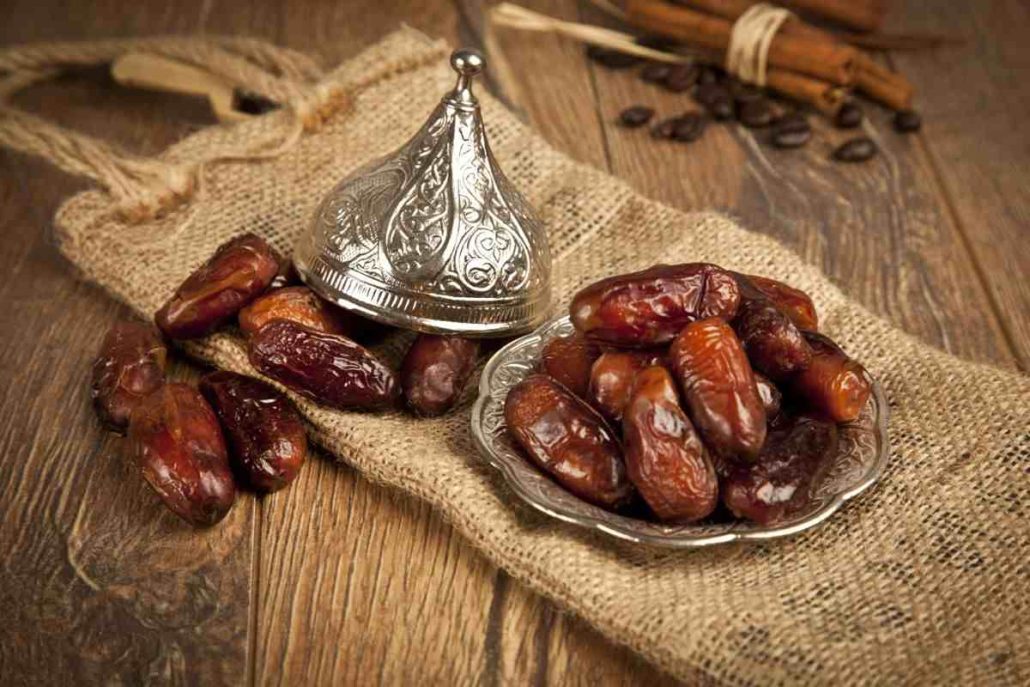
Saudi Arabia produces 1
5 million tons of dates annually, with 75 distinct varieties, making it the second-largest producer of dates in the world, behind Egypt, and responsible for 17 percent of global output
The Saudi National Date Center said in March 2017 that the country’s date exports had increased to 215,000 tons and more than 107 countries worldwide
This year, Saudi Arabia wants to become the leading producer of dates in the world
This kingdom has more than 31 million date palms over an area of 107 thousand hectares, with Riyadh and Al-Qassim having the most date palms
Al-Ajuwa, Al-Safawi, Al-Sukari, Al-Saqa’i, Al-Khalas, Al-Hasawi, and Al-Barhi are among the most renowned varieties of dates in Saudi Arabia The annual date consumption per Saudi person is estimated to be 26 kg
Dates buyers in Europe
The major importers and buyers of dates in Europe are France, Germany, and the United Kingdom
Figure 5 displays apparent consumption
These figures reflect industrial consumption as well

As production varies from year to year, there may be a misconception that demand is continuously shifting
In actuality, demand is stable and rising, as seen by the consistently rising retail sales of dates
France, Germany, and the United Kingdom represent more than fifty percent of the European market for dates
Over the past five years, the Netherlands, Spain, and Italy have all seen significant import increases
Therefore, these six nations provide numerous potential for new date suppliers to Europe
Belgium (annual growth rate of 12% since 2016), Poland (annual growth rate of 11%), and Austria (annual growth rate of 11%) are three other nations with a significant rise in imports (12 percent)
France is the leading importer of dates in Europe, accounting for around 25 percent of the market
Over the past five years, French date imports have grown, reaching over 50,000 tonnes and a value of €102 million in 2020

Approximately 92% of this tonnage was imported from developing nations, with Israel being the sole substantial source from the rest of the globe (2,300 tonnes), followed by the United States with approximately 110 tonnes
In 2020, France exported 18,000 metric tons of dates to Germany, which was the primary market
France purchased 51% of its dates from Algeria in 2020, followed by Tunisia (36%) and Israel (5 percent)
Algeria is the largest provider of dates to France, the only European nation for which it is the primary supply
This is due to the well-established commercial link and common history between the two nations, as well as their similar language (French)
Other from the top three suppliers, no other nation has a market share in France that exceeds 2%
Iran dates exporters
The climate that surrounds the Persian Gulf in Iran is just perfect for the cultivation of all different varieties of dates and appropriate for exporters because of ease of proximity
to the sea and ocean for export
The varieties of dates from Iran that are the most well-known and widely traded are Mazafati, Zahidi, Piarom, Kabkab, Barhi, Halawy, and Medjool respectively
Iran, which is the most important provider of Persian Dates, is among the top three in the world
This is possible because of the favorable temperature in the southern part of the nation, which is warm and humid
As a result, Iran manufactures and ships vast amounts of Persian dates each year
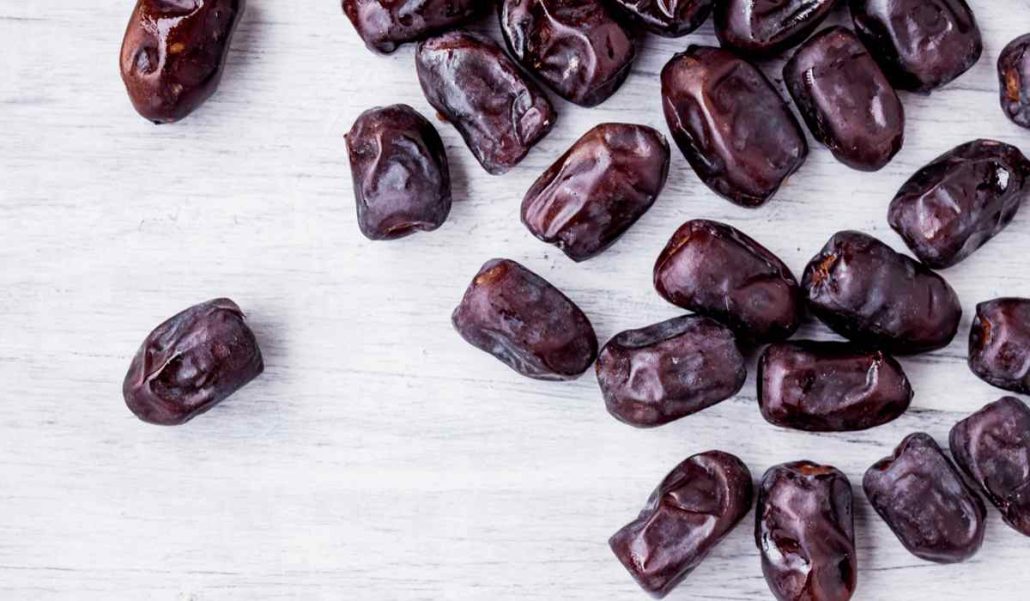
Dates are exported from Iran to a variety of nations, including but not limited to Germany, England, China, France, India, Russia, Malaysia, Canada, Denmark, Sweden, Ukraine, Japan, and many more
The provinces of Kerman, Hormozgan, Baluchistan, Bushehr, Khuzestan, and Fars are all located in close proximity to the Persian Gulf
These regions are responsible for the majority
of Iran’s yearly date output
The Mazafati date is the most well-known kind of date produced in Iran, and it is produced near the city of Bam in the province of Kerman
Dates from Iran stand out due to their high quality, which can be purchased at a price that is affordable for a variety of buyers, including wholesalers, distributors, importers, and exporters
According to the official, the countries of Egypt, Iran, and Saudi Arabia are the three largest producers of dates in the world, with annual production levels of 1
4 million tons, 1
2 million tons, and 1
1 million tons correspondingly
However, Iran is the country that exports the most of the crop
Egypt comes in second, while Saudi Arabia and Tunisia share the third slot
Although it is just the seventh largest producer of dates, Tunisia is the third largest exporter of dates
